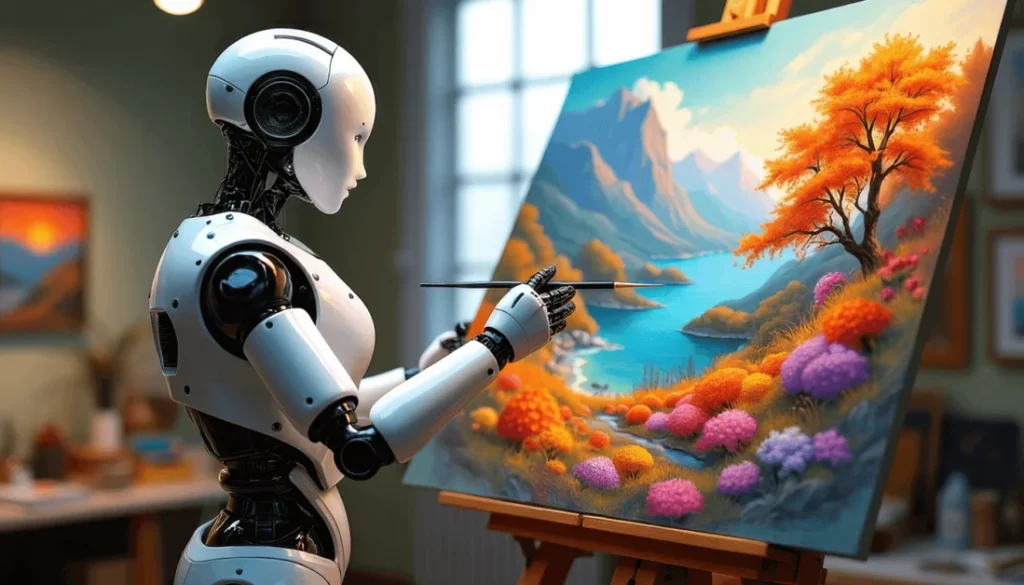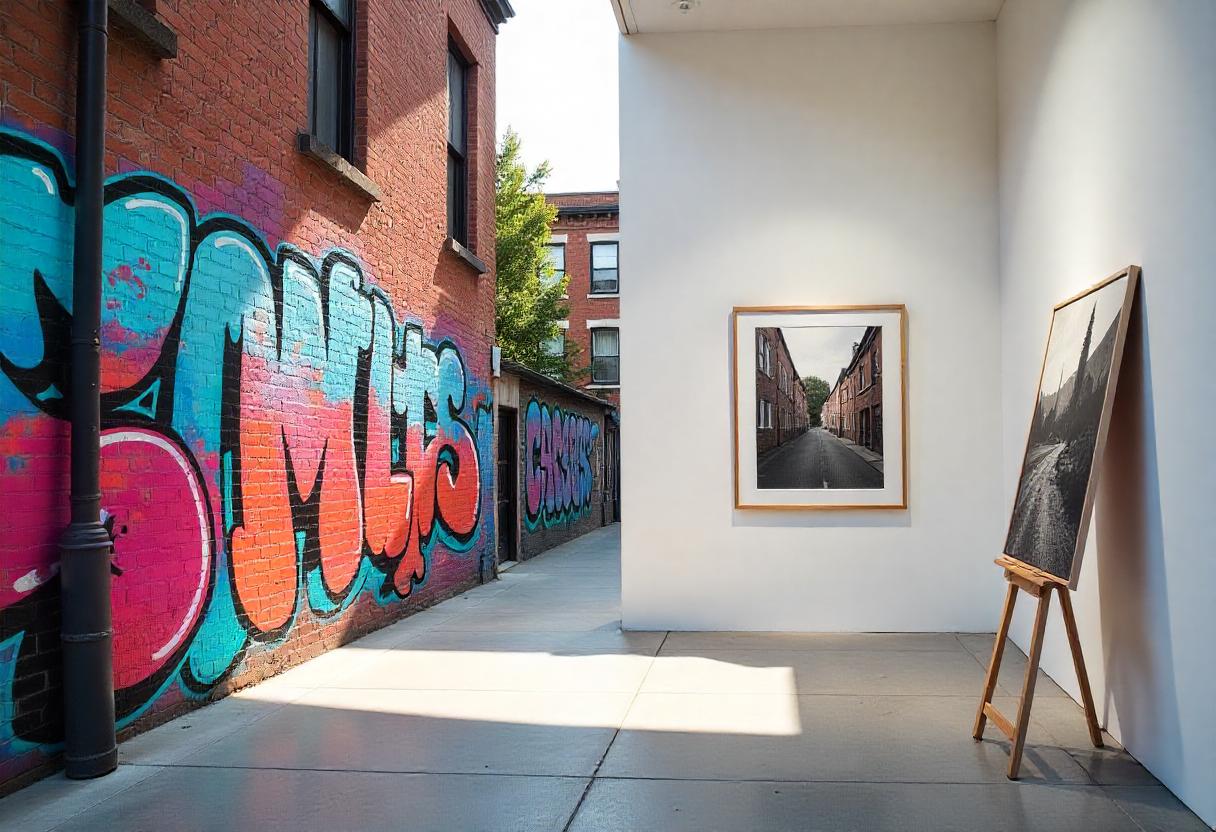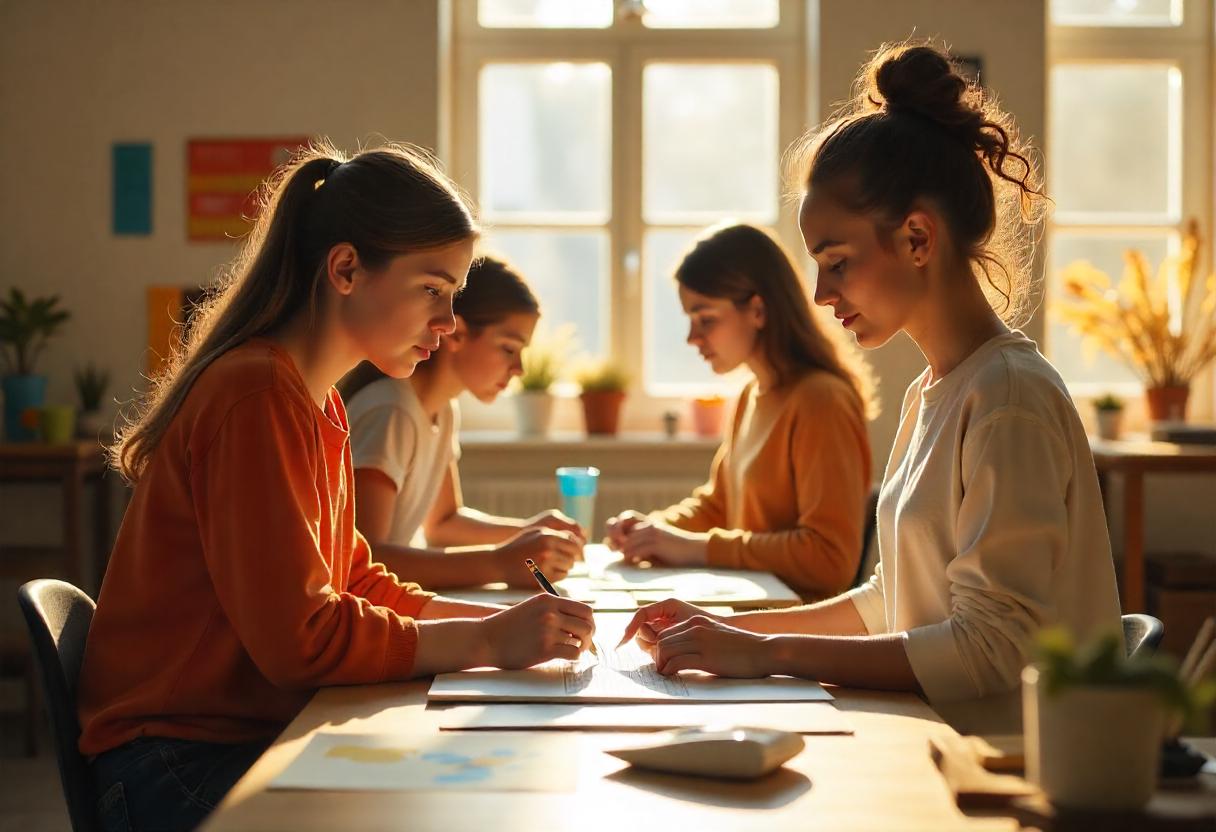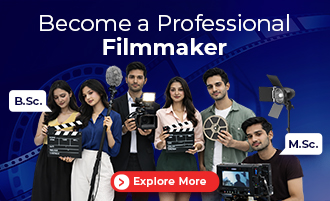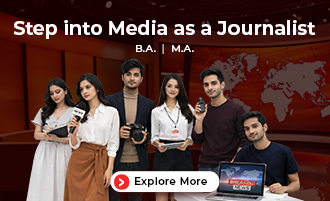The Future of Art: AI, Fine Arts, and the Rise of Creative Technology
Have you seen brands, news channels, and celebrities flood the internet with Studio Ghibli versions of their photos? Have you seen people taking sides, participating in the Art vs. Algorithm discourse? Did you try recreating your photo in Ghibli or Pixar style yet?
This article will help you explore the future of art through AI, understand how fine arts are evolving, and learn more about creative technologies shaping artistic expressions.
The Future of Art in the Digital Age – Characteristics, Complexities, and Legacies
From digital paintings and generative art to immersive and interactive 3D installations, the future of art will likely be a harmonious blend of centuries-old legacies and innovative technology.
1. Increase in Experimental Art
The latest digital tools and software allow artists to experiment with textures, layering compositions, and try out different styles. Artists can explore digital brushes, play around with mediums, and access an array of colors, visual textures, and strokes to create bold and stunning artworks.
Do you want free career counseling?
Ignite Your Ambitions- Seize the Opportunity for a Free Career Counseling Session.
- 30+ Years in Education
- 250+ Faculties
- 30K+ Alumni Network
- 10th in World Ranking
- 1000+ Celebrity
- 120+ Countries Students Enrolled
Experimental art is known for pushing boundaries with its ability to fuse traditional, hand-drawn styles with digital art, giving life to unique pieces that capture the essence of the time and resonate with the art enthusiasts of today.
2. Novel Forms and Styles
Integrating technology with art has led to the creation of new genres, styles, and mediums – from 3D printed installations, using AR/VR for immersive experiences at art shows and exhibitions, and AI-aided artworks, to revolutionizing the field by recreating traditional styles and introducing realism in digital art.
Continuous experimentation and dynamic evolution of art and how it is perceived by the art community and audiences also significantly contribute to the push for newer styles, mediums, and interactive art forms.
Book Now →
3. Global Platforms
Digitization of art has provided artists with multiple platforms where they can reach their target audience, showcase art, create accessible portfolios, and sell their work from anywhere. Art is no longer limited to art galleries and exhibitions.
Social media has emerged as one of the key players in promoting artists and helping them access global prospects.
Online platforms allow creators to interact with their viewers and fellow artists, receive feedback, take art enthusiasts through their creative processes, and share knowledge and ideas.
Do you want free career counseling?
Ignite Your Ambitions- Seize the Opportunity for a Free Career Counseling Session.4. Blurring the Traditional Boundaries
Art in the digital era has stark differences from traditional art. It blends the old and the new, mixing media and fusing styles, and constantly blurs the line between different forms and techniques.
Digital tools have also made it possible to retrieve eroded pieces, aid the process of art restoration, and recreate digital paintings inspired by the classical styles – think a digital portrait inspired by the Renaissance!
As artists navigate through this ever-evolving space to create art that is not defined by boundaries and labels of particular styles, new opportunities are peeking right around the corner.
5. Emerging Opportunities
With digitization making art and its market more accessible to new artists, they can optimize tons of emerging scopes.
Online platforms are perfect for getting exposure, connecting with a wider audience, and promoting artworks. They also allow artists to sell their work, learn new skills through online fine arts courses, and upgrade their art to appeal to more people.
Platforms like YouTube and Instagram have made it possible for artists to share their tips and tricks, become educators, conduct workshops, and collaborate with other professionals for high-paid opportunities.
AI in Art: Revolutionizing the Creative Space
If you are an active social media user, you probably have stumbled upon the Studio Ghibli trend that flooded the internet in the last few days, prompting celebrities, brands, and individuals to hop on it.
While it has raised concerns and started an online discourse among the creative professionals around the world, what’s clear is that AI is not going anywhere!
We have shortlisted 5 ways how AI is revolutionizing Art in 2025
1. Perfect Brainstorming Assistant
Artists might encounter periods of creative blocks when they can’t generate actionable ideas, which slows down their processes. AI can be the perfect assistant in these situations.
It can help generate ideas for mediums, composition, and style, provide references, and refine ideas, allowing artists to overcome creative obstacles and accelerate creation.
2. Enhanced Workflow
AI is known for its ability to automate tasks and take care of mundane and repetitive processes, leaving more room for the artists to explore their creativity.
Digital artists can use AI-driven tools for color blocking in elaborate works, add elements using generative features, and allow them to create multiple versions of their work in different color schemes and perspectives, presenting distinct POVs and refining artworks.
3. Personalized Styles
AI-driven tools are trained to analyze large data sets, which makes it easier for them to replicate styles and translate prompts into creative artworks.
Artists can now use digital tools to generate ideas that resemble their personal style, saving time and increasing efficiency and productivity.
4. Newer Mediums
The prompt-based generative AI can fill in the details as required, acting on the instructions provided, and create entirely new styles, fuse different artistic traditions, and reinterpret traditional techniques and art forms.
It offers ample opportunities for artists to experiment with their art and find their unique personal style.
5. Immersive Artworks
Artificial Intelligence supports AR/VR technologies that allow artists to create interactive and immersive 3D art installations that transcend the boundaries of traditional art forms and challenge the perception of art in the modern world.
AI in Art: Democratization and Accessibility
AI accelerates the democratization process, reducing social, geographical, and economic barriers in art. Emerging artists can now leverage this opportunity and learn, analyze, and create using the latest tools.
The integration of AI and other creative technologies has opened new horizons for artists, allowing them to share their art on various platforms and access a global audience.
They can directly engage with their potential audience and buyers and access the art market with creative data-driven strategies without having to rely solely on Exhibitions and art galleries.
Ethical Challenges in AI-Generated Art
1. Ownership Concerns
Anyone can provide prompts to AI-based software and generate impressive artworks. However, AI models are fed existing art, which allows them to process and generate newer work.
This raises the questions: Who owns AI-generated art? Does the creator of the algorithm get the credit? Can a machine own artworks? Does feeding prompts to AI-based software count as creation?
The ambiguous nature of ownership standards and unclear regulatory laws remain a looming ethical dilemma for artists worldwide.
2. Copyrights
AI models are trained with large datasets. Many of these are copyrighted artworks by renowned studios and artists who have worked for years to develop a unique style or form.
Experts have thus raised concerns about copyright infringement and profiting off of someone else’s art without their consent, leaving them vulnerable to financial loss and exploitation.
3. Potential Bias
Since AI models are trained using large datasets, any social or gender biases in the data can be reflected in the generated responses, perpetuating harmful stereotypes.
Biases can also lead to underrepresentation or misrepresentation of certain communities and groups, and cultural appropriation.
4. Lack of Depth and Originality
While AI can generate artworks inspired by existing styles and forms, fusing different techniques, and using magnificent colors and strokes, it cannot process art the way human brains do. It lacks the emotional depth and nuances possessed by artists, making AI-generated art appear redundant, soulless, and disingenuous.
The existing AI models can’t create original art, raising questions about their value, ethics, and use of artistic styles.
5. Environmental Concerns
According to several studies conducted by environmentalists, the hidden cost behind every Ghibli-style image can be about 5-50 litres of water!
Data centers that power these AI models consume large amounts of electricity and water to function.
Rapid expansion of AI also leads to the generation of harmful electronic waste and an increase in mining activities to extract rare earth metals. While the former can have long long-lasting impact on biodiversity, human rights abuses, and destruction of the environment in the nearby regions.
Future of Artificial Intelligence in Art – Trends and Innovations in 2025
According to a Forbes report, artificial intelligence has a rather bright future in art and related fields. As more artists adopt AI-driven tools, hybrid art is all set to become the next big thing, driving the market and shifting how art is created, taught, sold, and perceived.
1. More Human-AI Collaborations
2025 is likely to see a rise in human-AI collaboration with more artists using AI to generate ideas, aid the creative process, and even produce artworks.
The collaboration between artificial intelligence and human creativity is creating a new entity within art, with its own genre, style, and immersive qualities.
2. Ethical AI – A Unique Route of Balance and Harmony
While AI becomes an important part of the process, artists are adopting approaches that address ethical concerns, paving the way for a future full of harmonious innovations.
From ensuring transparency and informing the viewers about the extent to which AI was used and seeking consent from artists before using their work to train models, to making sure the data fed was free of bias, avoiding hyper-dependence on AI, and determining the ownership – we are looking forward to balanced strategies in art and design.
3. New Job Opportunities Will Emerge
Emerging AI-based tools might hamper the workflow of freelance gig workers. Projects on platforms like UpWork and Fiverr have already begun to plummet, with AI being able to create promotional art and design for brands.
However, new opportunities will emerge for people who are acquainted with various AI tools and know how to navigate the landscape by creating the perfect balance between AI and human creativity.
4. Increase in Legal Battles
AI models that are trained on copyrighted works without the consent of the owner will increasingly face legal battles and raise more ethical concerns.
Experts have flagged the unauthorised use of artworks, scripts, and creative pieces to train AI models.
The AI Act adopted by the EU in 2024 is an example of how legal frameworks can ensure the safe use of AI tools and maintain transparency and ethical codes.
5. Shift in the Pedagogy of Creative Education
With the continuous evolution of AI and creative technology, the curricula and methods of teaching need to evolve as well.
Institutes are updating their syllabus to include AI training and the latest industry-standard tools to ensure the courses can future-proof the students’ careers and allow them to smoothly navigate the professional art realm.
Conclusion
In the AI in art and Future of Art with AI debate, the question of AI replacing artists and creative professionals stands out.
Simply put, human creativity is not replaceable, and AI is not going to replace the humane artistic expression anytime soon. However, it will aid the process, change how artists work, and transform how we teach and learn art.
If you are an aspiring artist who wants to master the latest tools and learn how to use AI to refine your work, check out the courses offered by AAFT, Noida, to kickstart your career.

AAFT has been providing the world with limitless creativity and expression since 1993! Through a dynamic and industry-driven curriculum, AAFT provides engaging and captivating articles to persuasive blogs and empowers its readers to explore diverse avenues of creative media education-related content.


